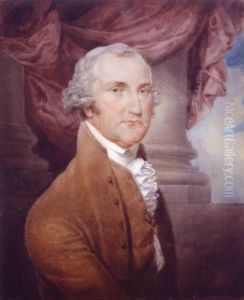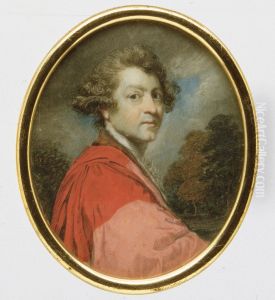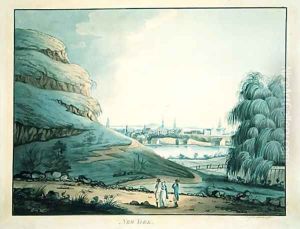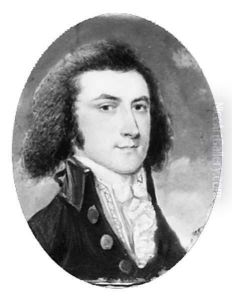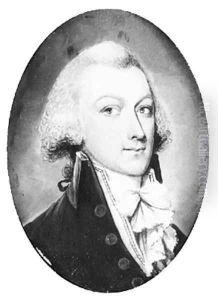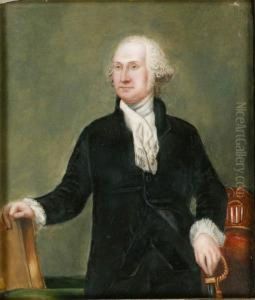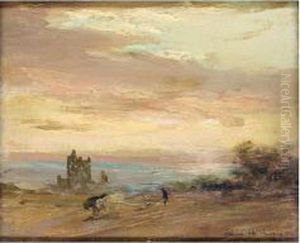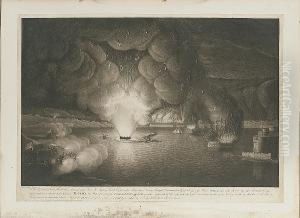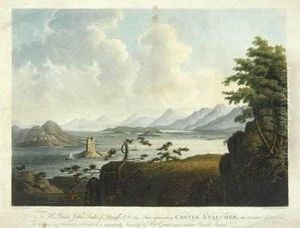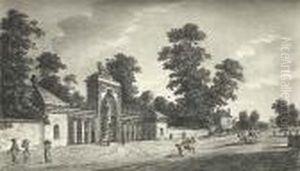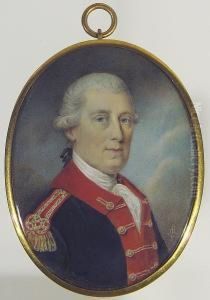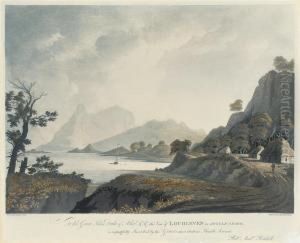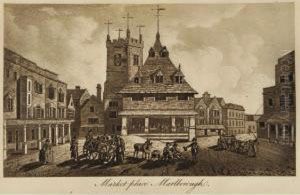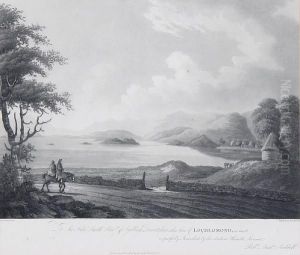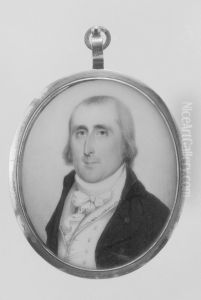Archibald Robertson Paintings
Archibald Robertson was a Scottish-American artist, known primarily for his portrait paintings and for his contributions to the early art scene in the United States. Born in Monymusk, Aberdeenshire, Scotland, in 1765, Robertson began his artistic journey in his native country, receiving a solid foundation in the arts before deciding to expand his horizons and move to America.
In 1791, Robertson arrived in New York City, a burgeoning art market that promised new opportunities. He quickly established himself as a talented portraitist, capturing the likenesses of some of the most prominent figures of his time. His subjects included notable individuals such as Alexander Hamilton, whose portrait by Robertson is among the artist's best-known works. This connection not only illustrates Robertson's skills as an artist but also his integration into the social and political fabric of early American society.
Beyond his work as a portraitist, Robertson was a significant figure in the development of art education in the United States. In 1792, he and his brother Alexander founded the Columbian Academy of Painting in New York, one of the earliest art schools in the country. This institution was pivotal in nurturing the talents of young American artists and contributed to the growth of an American art identity separate from European influences.
Archibald Robertson's legacy is not just in the portraits that hang in museums and private collections but also in his contribution to the American art world's infrastructure. By the time of his death in 1835, Robertson had left an indelible mark on the American art scene, having helped to cultivate a culture that valued and supported the arts. His work and efforts in art education have been recognized as foundational in the establishment of a uniquely American artistic tradition.
